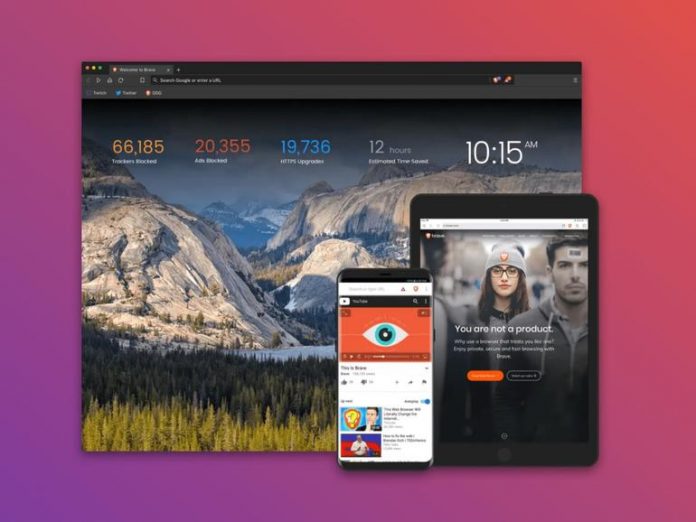Judging from my inbox, people have a love/hate relationship with Google Chrome, and most can’t even say why they love it. They can remember loving it once.
But they can rattle off a huge list of reasons why they hate it.
And yet they keep using it.
While I still think that running the stock browser that comes with your operating system is probably the best option, what I’ve been hearing from users is that they want one browser that works across all platforms.
And that’s one of Google Chrome’s strong points.
So, what do you do?
Must read: Windows 11 chaos, and how copying Apple could have helped Microsoft avoid it
Over the past few weeks, I’ve been testing a browser that you might not have heard of: Brave. Brave is a free and open-source web browser based on the Chromium web browser. So if you’re coming over from Chrome, things are going to seem very familiar.
Why should you try Brave?
Brave is fast, secure, packed with privacy features, has a built-in ad-blocker, supports most of the Google Chrome extensions available, and there’s even an optional (paid-for premium) VPN.
It’s a fully functional browser with everything you’d expect from a modern browser.
And let me tell you, it’s good.
Really good.
Performance is outstanding, and the browser is capable of handling more tabs than we probably should be throwing at a browser, no matter the platform.
Page loading speeds must be seen to be believed. It’s the fastest browser that I can remember running, no matter the platform I’m running it on.
The privacy features just work straight out of the box, with no need to go futzing about in the settings. While power users love to delve into the settings, the average user wants to do no more than click on the icon and start browsing.
If the privacy settings in the browser you are using are default set to off, and they are buried out of sight, there’s a reason for that.
With Brave, everything is upfront and easy to use.
Battery life on mobile devices is also good, with my laptop getting a good hour of extra runtime.
That’s an extra hour I’m getting for free.
Battery life on mobile devices is also noticeably better compared to Google Chrome.
I also like having one browser for all my different platforms and devices, thanks to Brave Sync. This feature, which is currently in beta, can be enabled to encrypt and synchronize your preferred settings and bookmarks across different devices. And the best part of this is that everything is encrypted, and only you have the power to decrypt it — not even Brave has the keys to decrypt your data!
Transitioning from another browser to Brave is also a snap, just as it is with any modern browser.
For a while now, I’ve been questioning if there’s a real need for an independent browser, and Brave has removed all my doubts. At a time when users’ personal information has become a currency, it’s good to see a platform take user privacy seriously.
At the end of the day, it’s a browser, but it’s a good browser, and after using it extensively for a few weeks now, I recommend it. Highly.












